


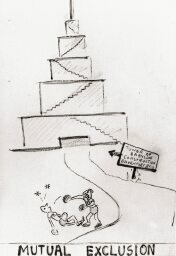
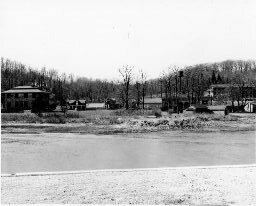


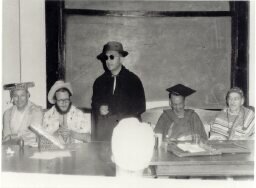

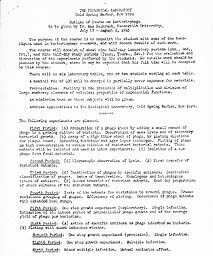
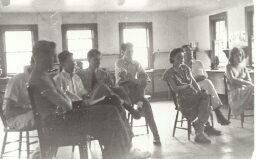


| “The field of bacterial viruses is a fine playground for serious
children who ask ambitious questions.” —Max Delbrück (quoted in Olby, p. 237) |
 |
   |
 |
  |
 |
 |
||
 |
 |
 |
 |
 |
 |
 |
 |
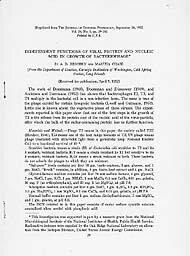 |
Coming of Phage Phage are viruses that infect bacteria. In the 1940s, several scientists began working with phage and bacteria in an effort to understand the nature of the gene. Physicist-turned-biologist Max Delbrück (1906-1981) and Salvador Luria (1912-1991), a biologist, began spending summers at Cold Spring Harbor to do research on phage. Beginning in 1945, the Laboratory became the site of a summer course on phage biology led by Delbrück. The course grew through the late 1940s and 1950s and attracted young scientists, including James Watson. Known as the “phage group,” these researchers became the leaders of modern molecular biology. DNA, Genes, and a Waring Blendor Alfred Hershey (1908-1997) first collaborated on phage research with Delbrück in 1943. In 1950 he took a year-round position at Cold Spring Harbor. And in 1952, with his assistant Martha Chase, Hershey did an experiment using phage that demonstrated DNA, and not the virus’s protein coat, transmitted hereditary information. Although Avery had shown in 1944 that DNA was the genetic material, some scientists had questioned his results. The Hershey-Chase experiment settled the debate, and became accepted as the definitive proof that genes are made of DNA and not protein. |